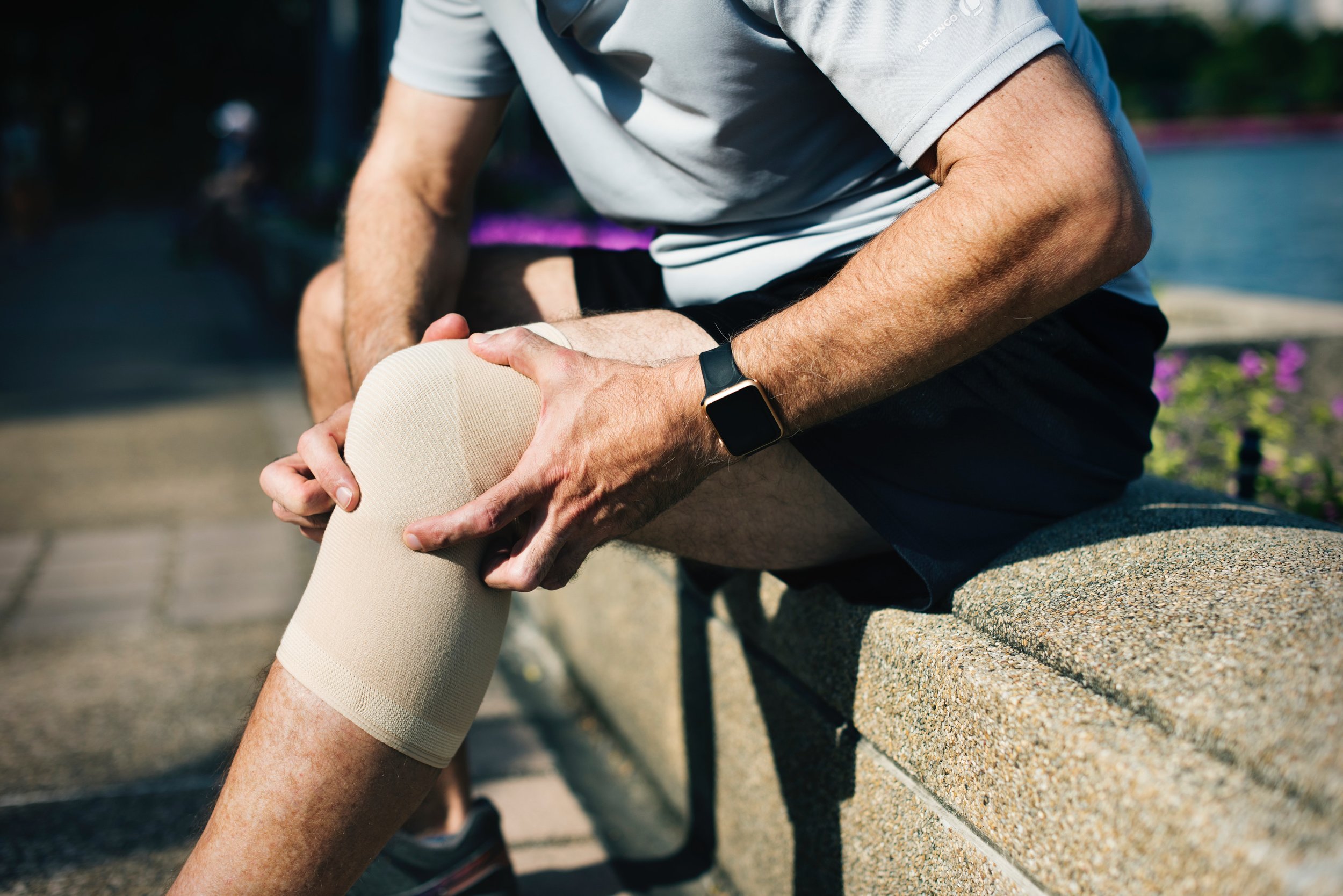
“After nourishment, shelter, and Companionship, stories are the thing we need most in the world”
— Philip Pullman

Strength and Power Training for Endurance Athletes
In this blog I address the most common reasons why endurance athletes avoid strength training, and provide counter arguments for why they should be.

When can I start exercise after an injury?
There is no set timeline for returning to training or sports after an injury, but some simple guidelines to help get you back to doing what you love. In this post I cover two points: how to safely return to activity after and injury, and how to know if you have ‘overdone’ it.

Will Dry Needling Work For My Injury?
You are recently injured (or chronically injured), and one of your colleagues mentioned you should try dry needling. You may be wondering “what is dry needling?” or “will dry needling work on my injury?” This blog post covers which types of injuries dry needling will help.

Slips or Falls on Ice and Snow: Should you go to emergency, see a doctor, or consult a physiotherapist?
Winter is upon us, and with of all of this ice and snow, inevitably falls happen. But do you go to the emergency room, see a doctor, or consult a physiotherapist? This article addresses when to see which health care professional, as well as what you can do to help yourself after a fall.

Exercises for Sciatica
Several different body structures or tissues can cause pain to refer down the leg. The problem is they all require different, often opposite, treatment. If you are experiencing leg pain and decide to Google ‘exercises for sciatica’ you can easily end up with exercises for the wrong diagnosis, and make your problem worse. This is a plug for why you need a physiotherapist to help you with your leg pain.

Tips for Staying Consistent with Exercise while Traveling
The importance of exercise is generally not a hard sell, the hard part is committing to exercise. The few fleeting moments of ‘me time’ can be even more precious while traveling, regardless if you are away for work or pleasure. As someone who loves spending time abroad and advocates for more of it, here are a few tips to help you stay consistent with your rehab or fitness program while traveling.

Video Blog: How to properly lift a canoe without hurting your back
Backcountry canoe camping is an excellent way to decrease stress and improve your mental health. However, if you don't lift a canoe properly you risk back injuries or making an existing back issue worse.

Physio In Your Pocket: Rolling the Foot to Relieve Foot Pain during CrossFit
How to properly roll the foot to relieve foot pain or cramping from such injuries as plantar fasciitis.

Video Blog: Shoulder Pain and CrossFit
Shoulder pain is a common complaint among CrossFit athletes. Here is how I can help you recover from your shoulder injuries so you can keep pushing your fitness limits.

When you need a physiotherapist
You may have always wondered what a physiotherapist does, but never had a reason to look into it further. Physiotherapists will analyse the cause of your pain and work to resolve it....

What is Dry Needling?
Have you ever had a friend come from physiotherapy and tell you they were treated with ‘dry needling’? You might think to yourself ‘well that sounds scary and painful, why would I ever consider doing that?’ This post covers where dry needling came from, how it works, why it works, and the recent research to support it.